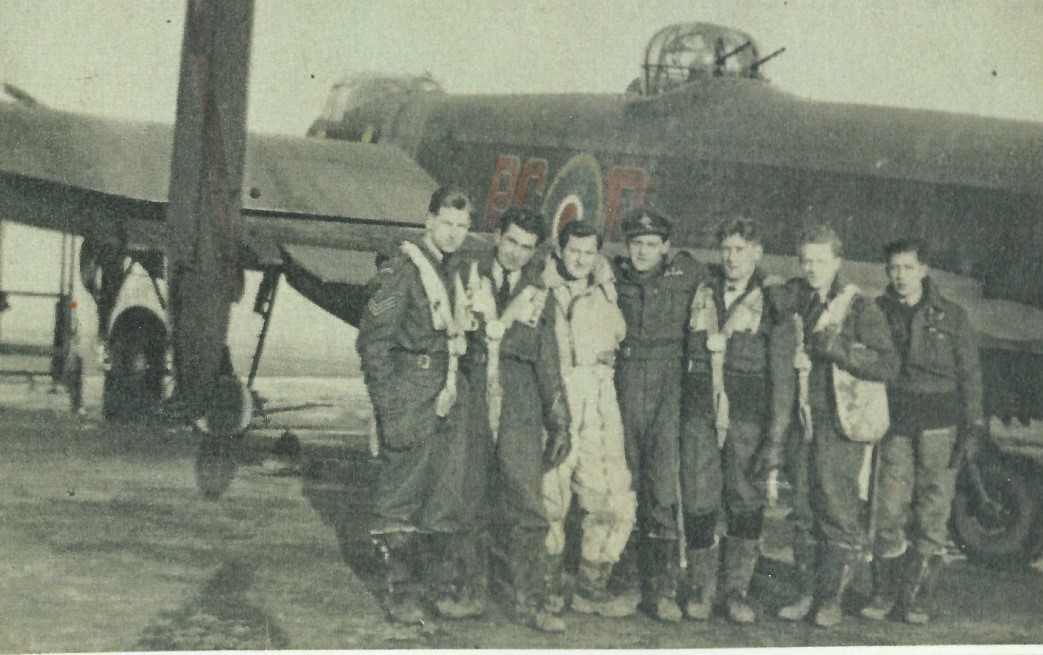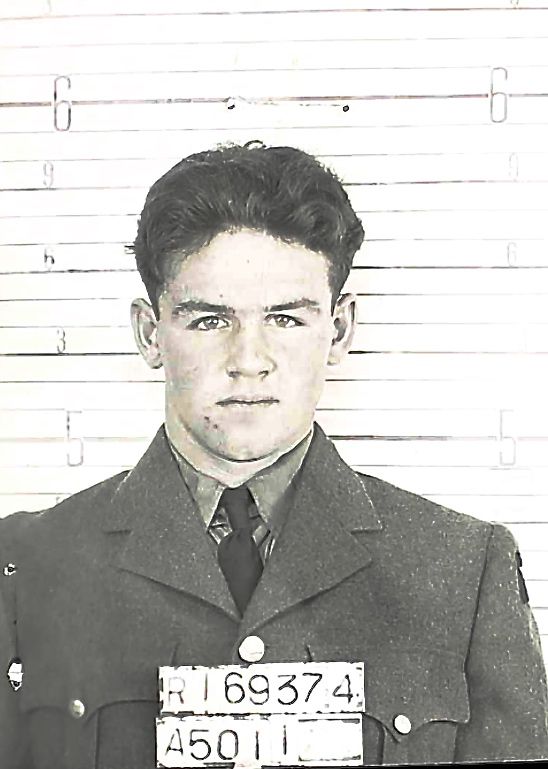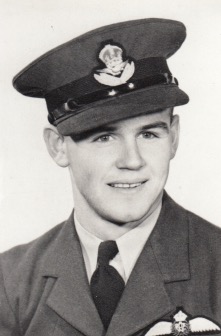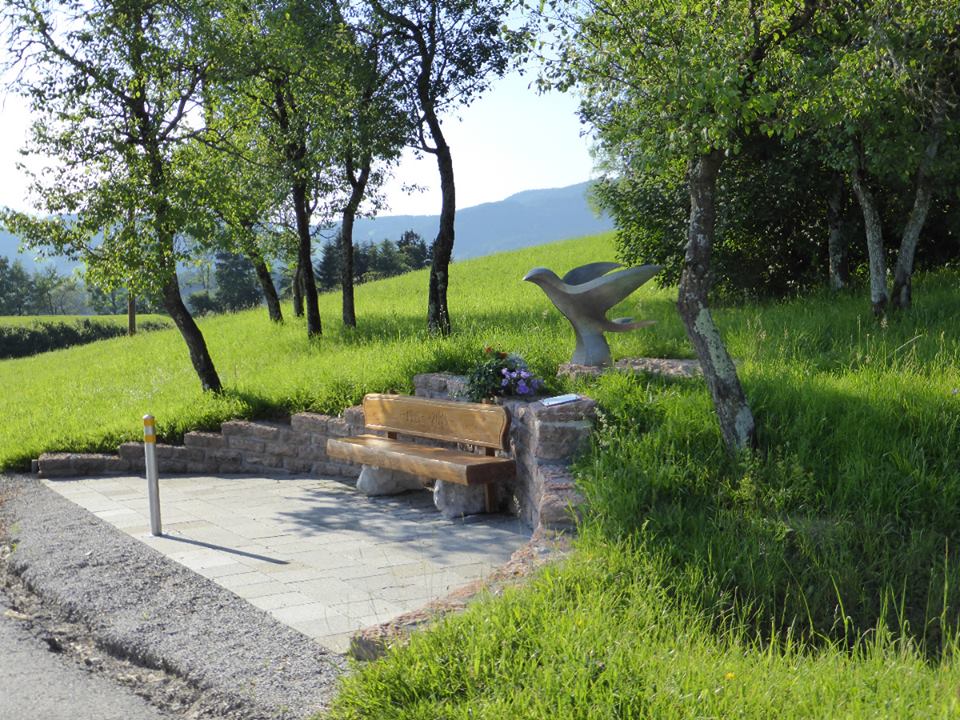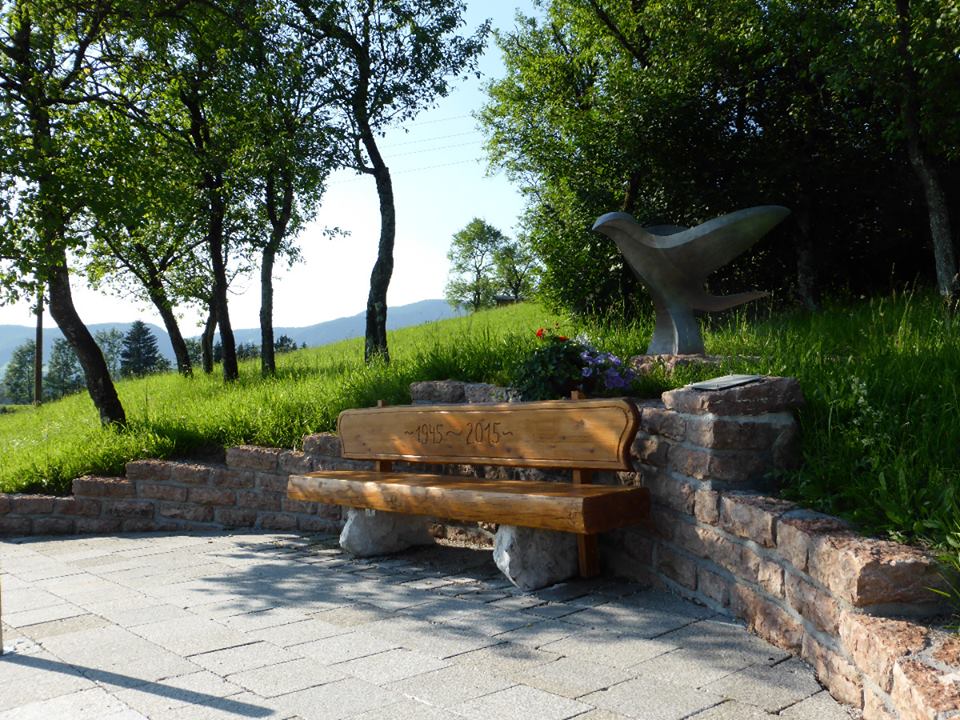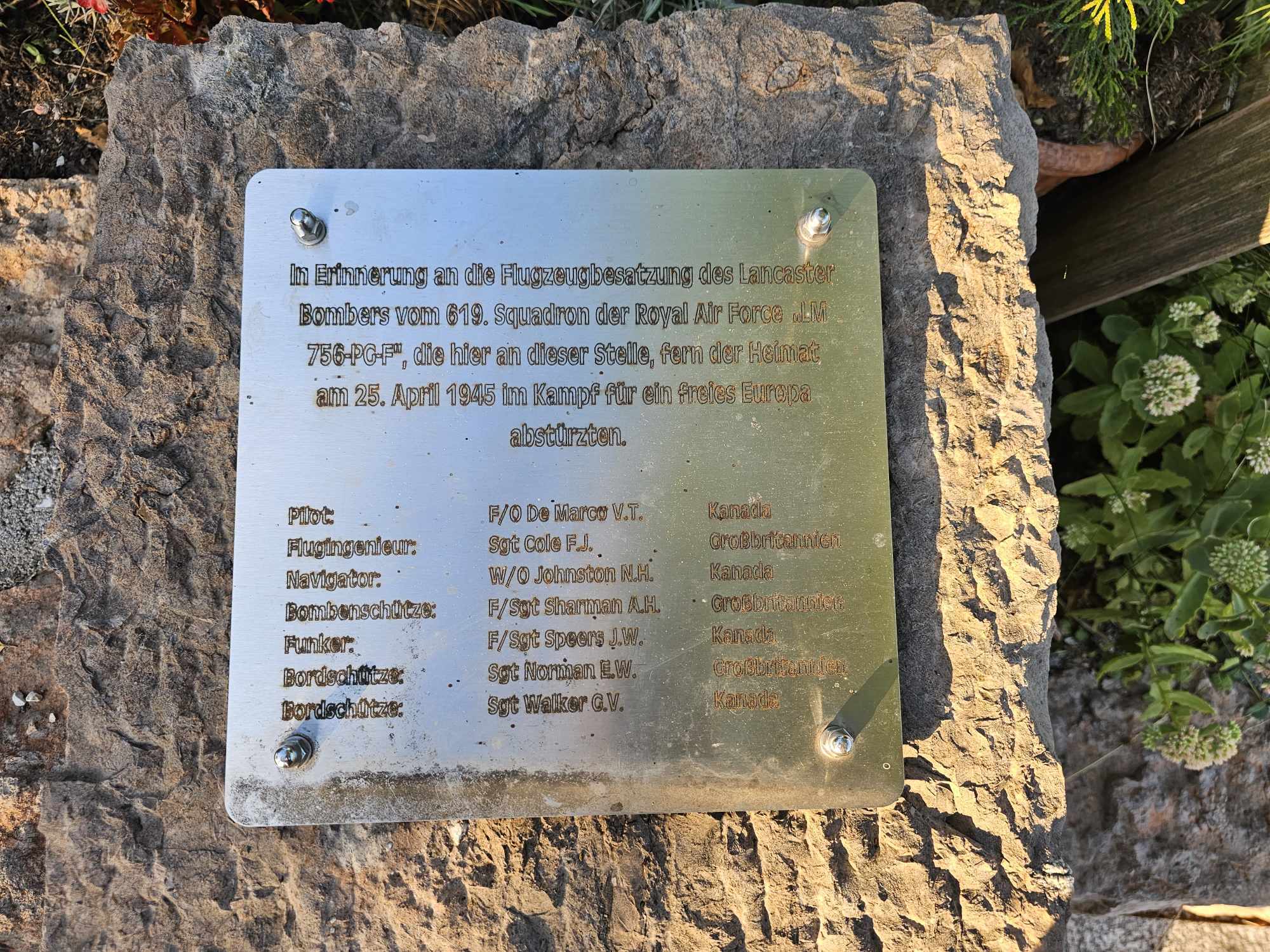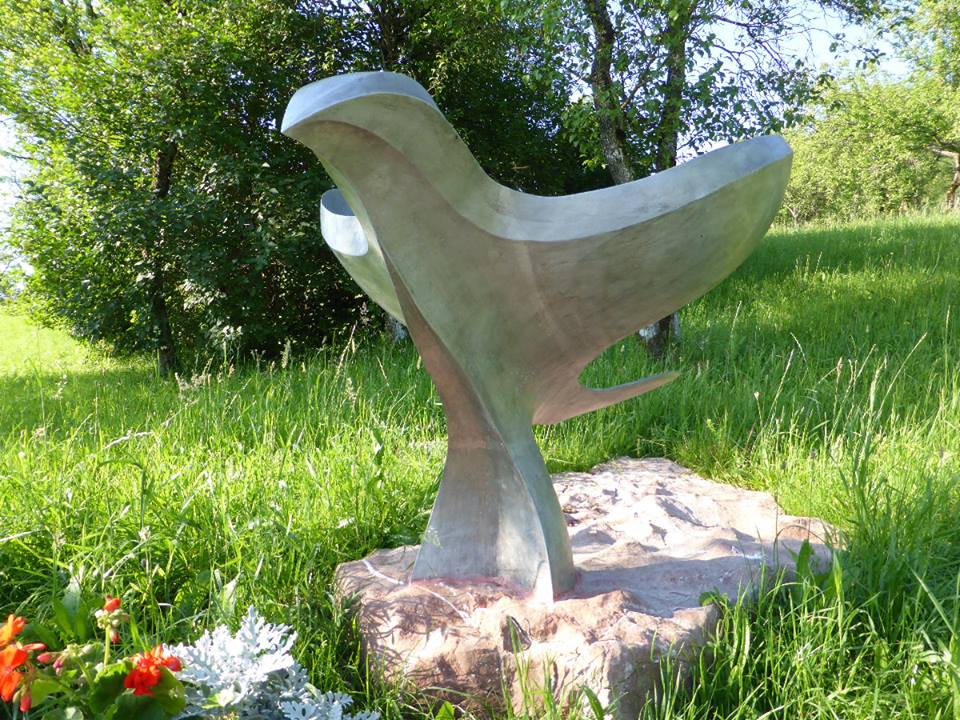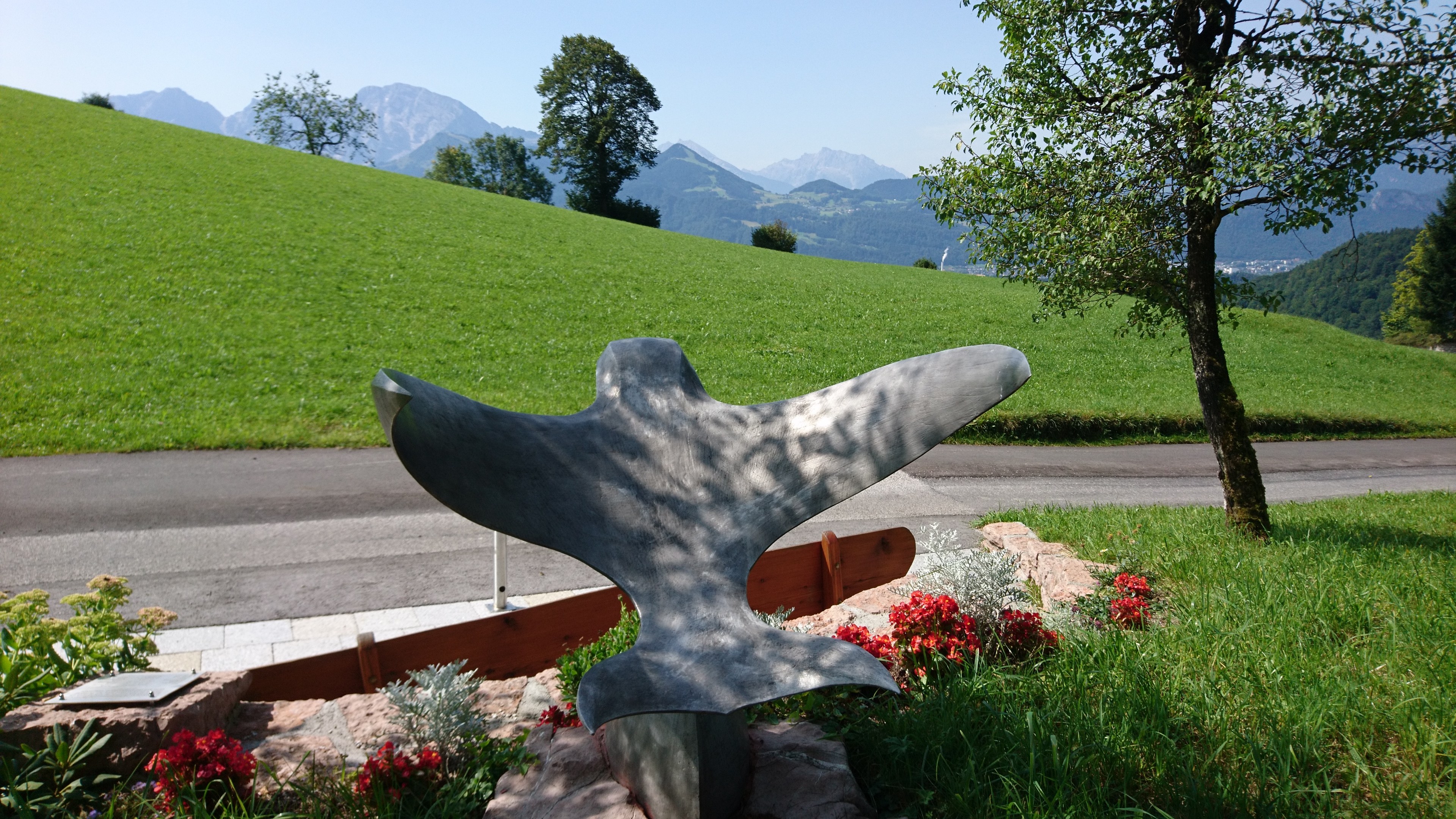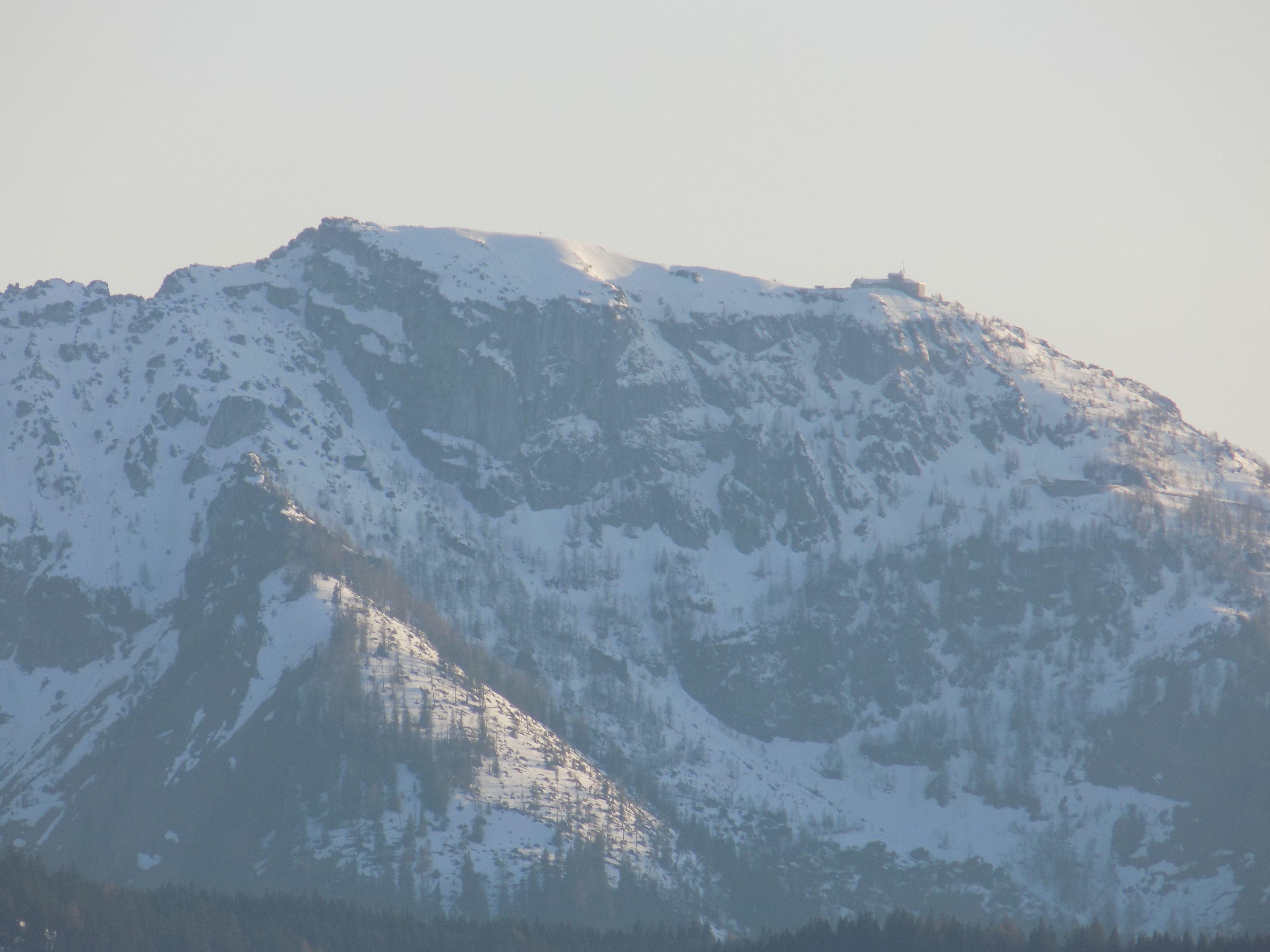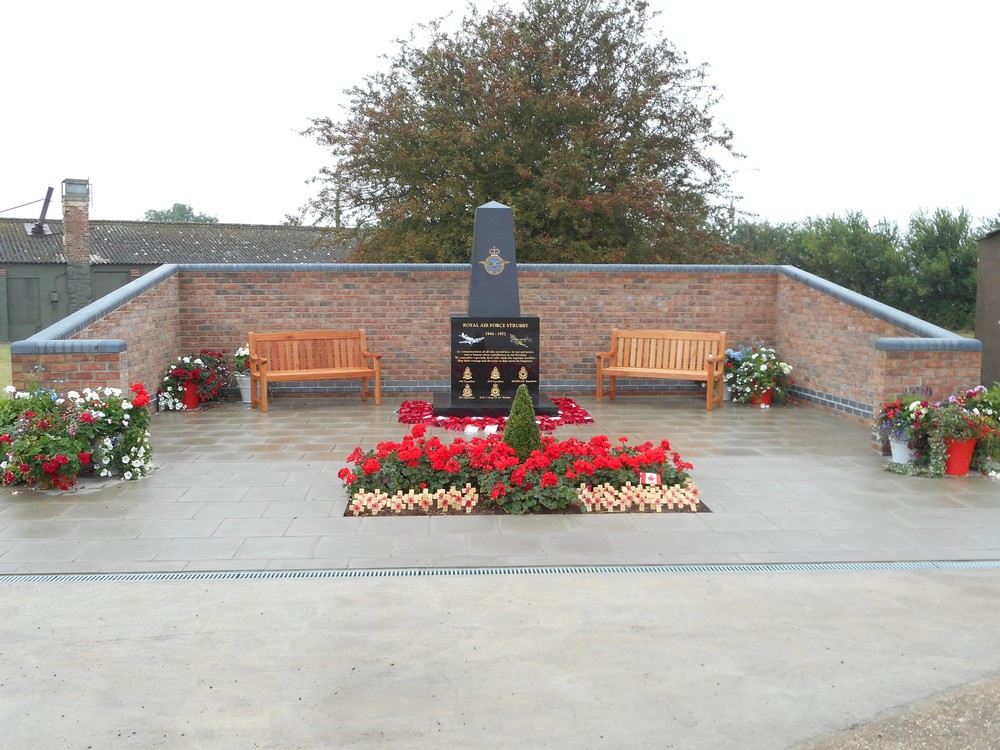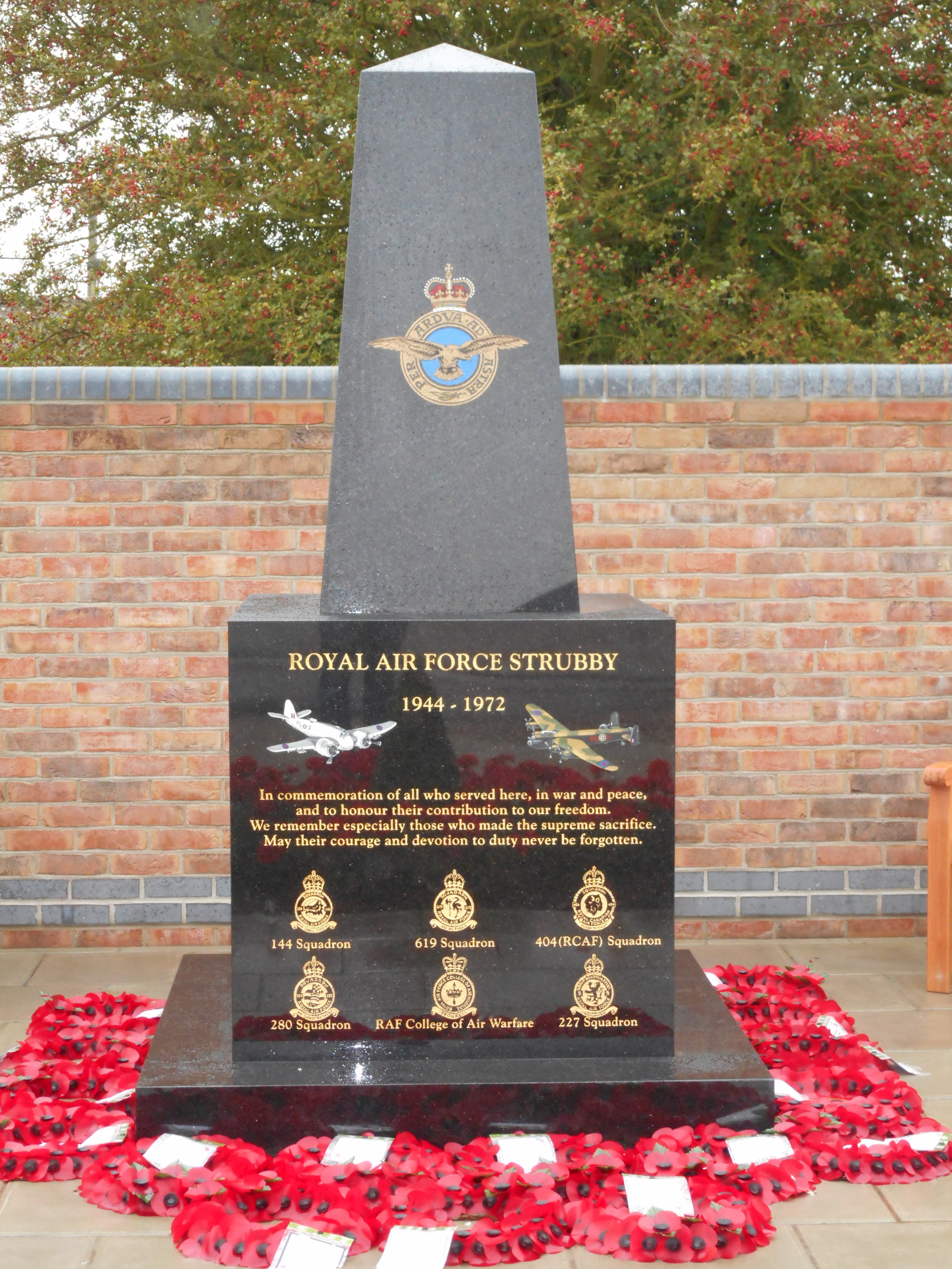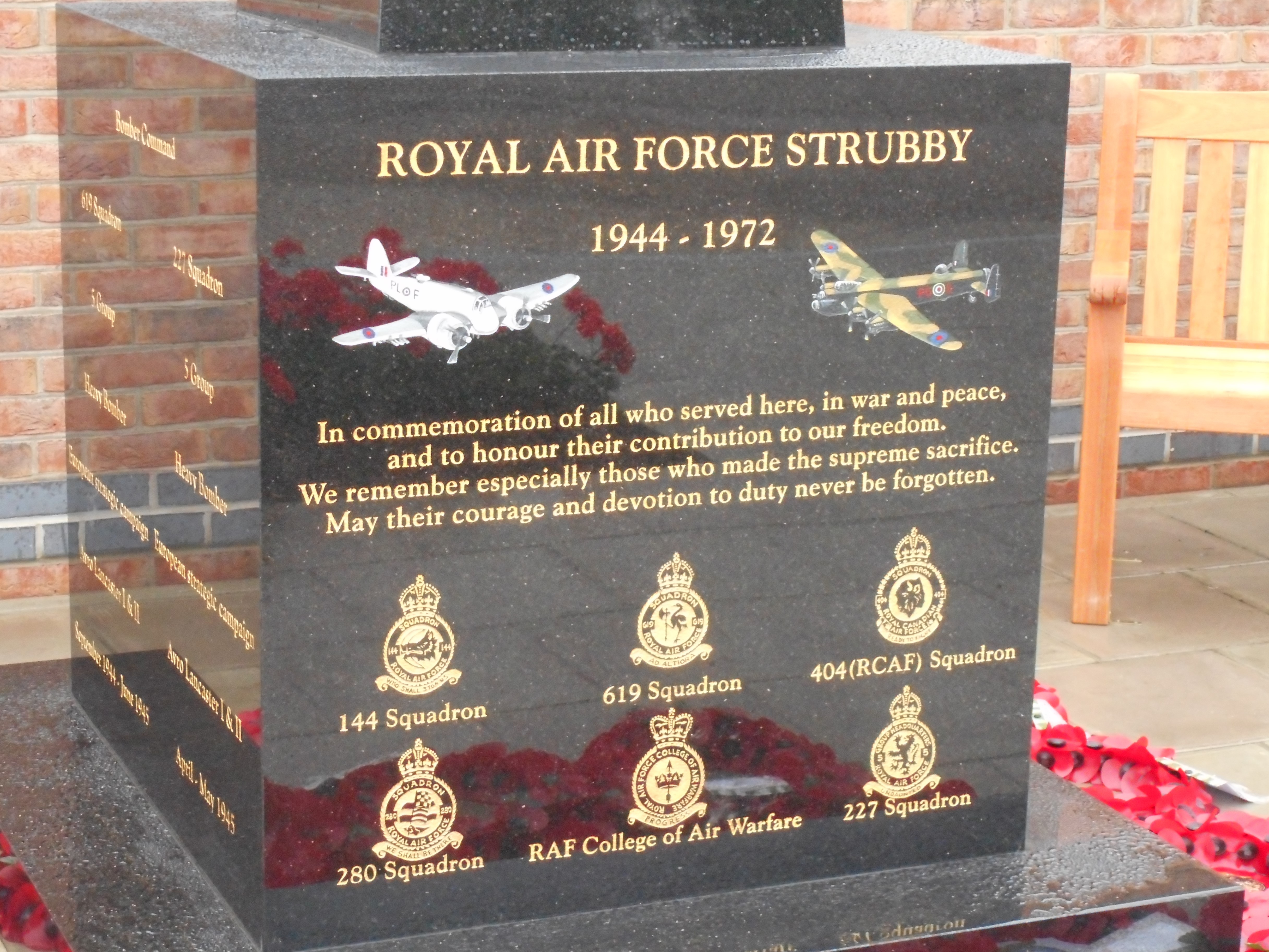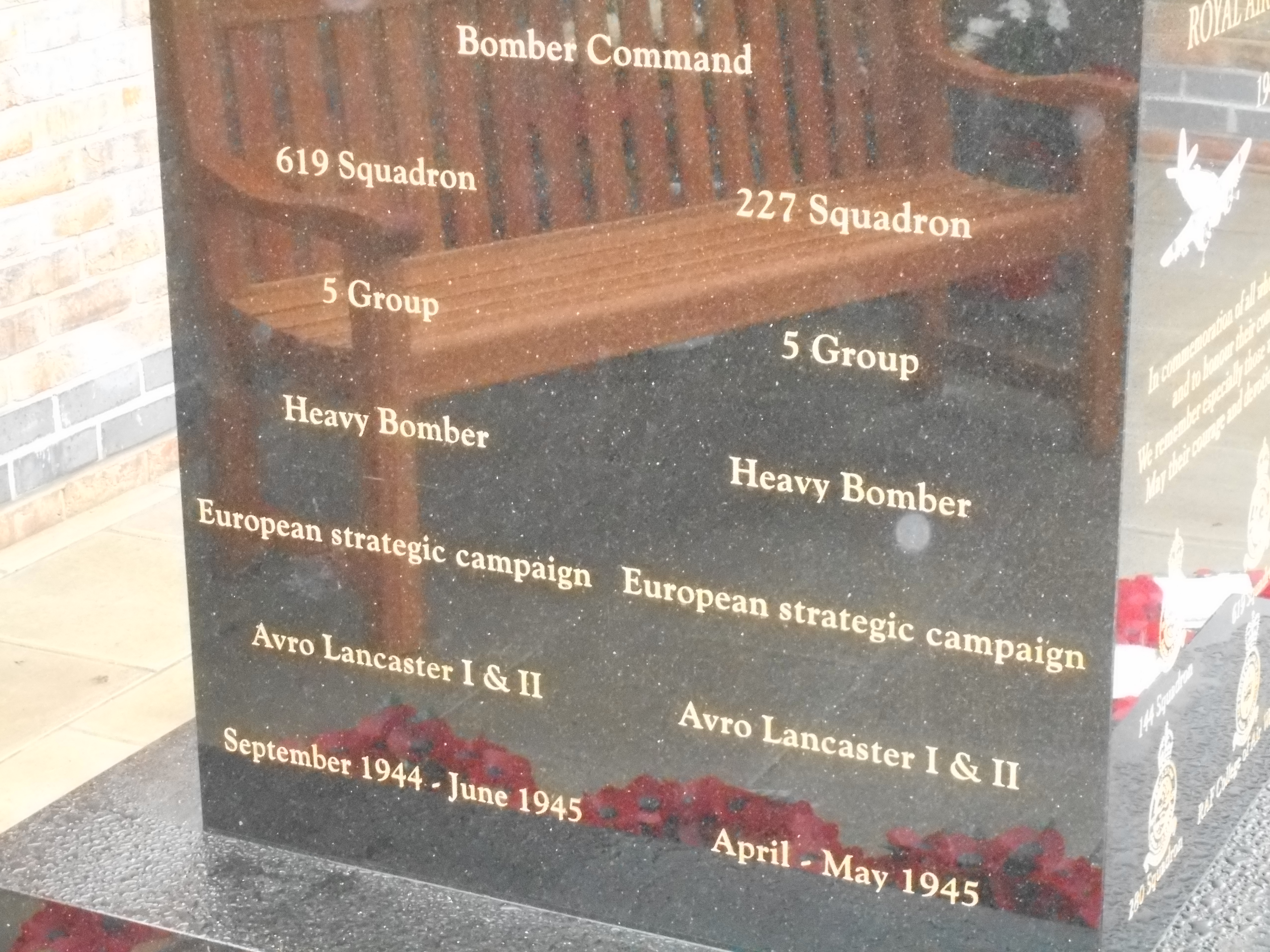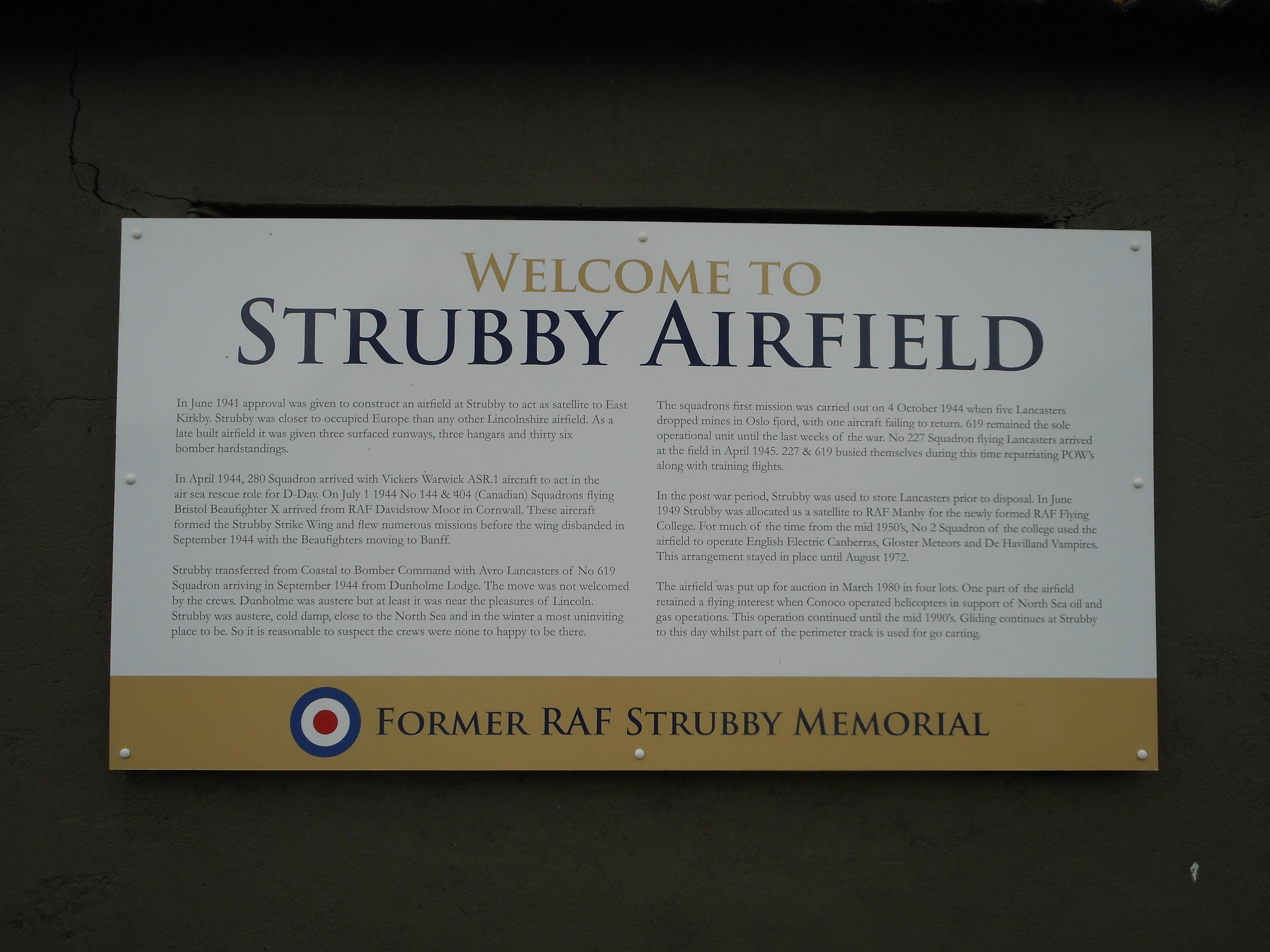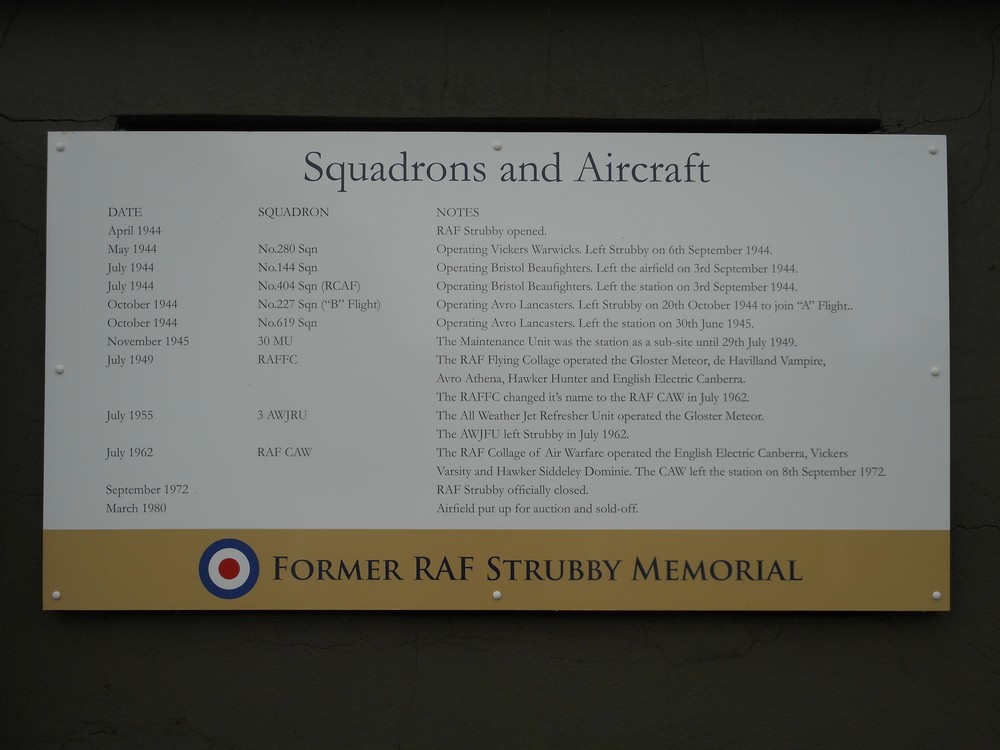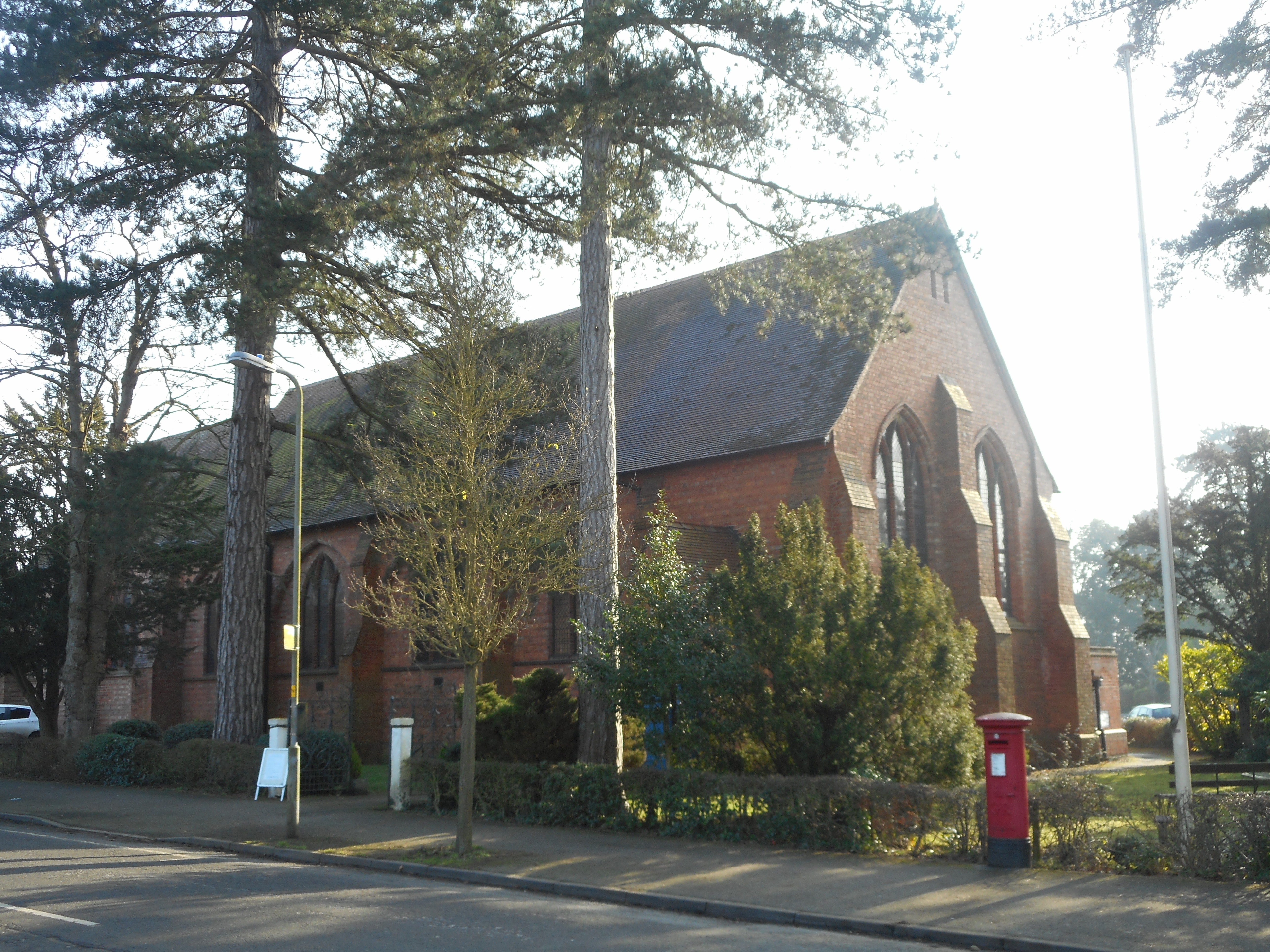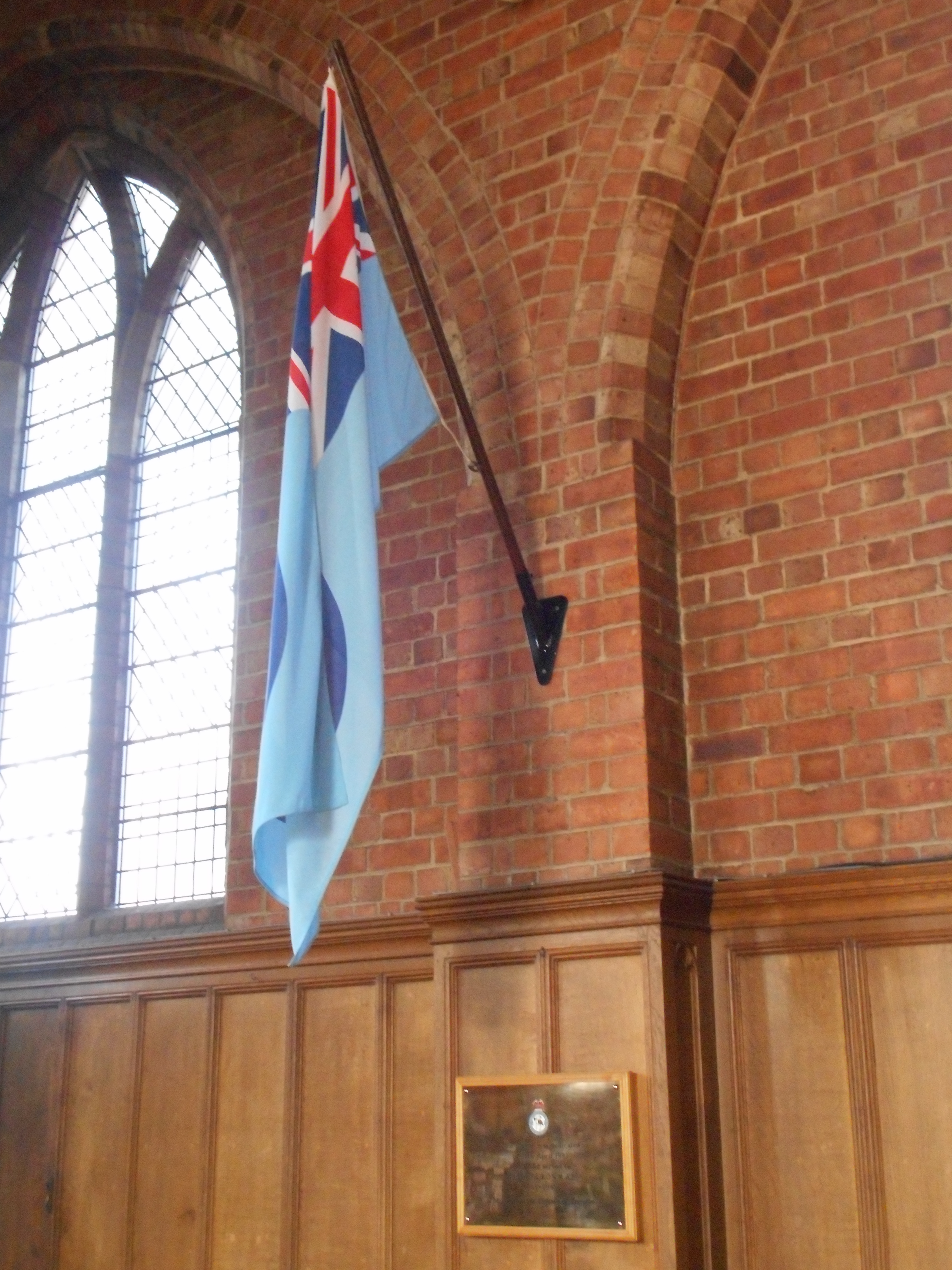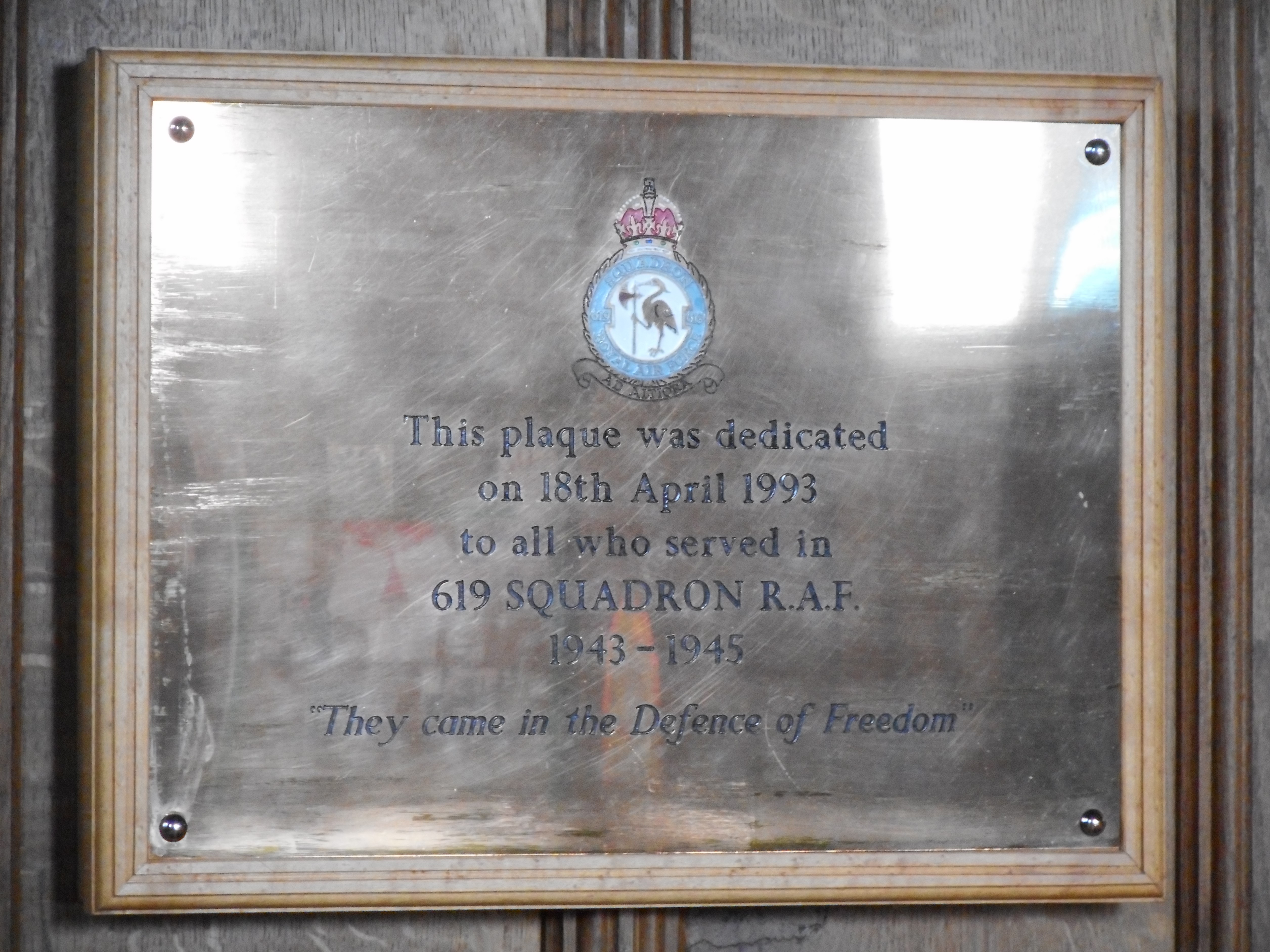| Flying into Hell by Mel Rolfe: "By the time DeMarco brought his plane in low over the target, the defenses were heavily engaged. He had to stay over the heavy flak long enough in order to ensure that bombs hit the barracks. As DeMarco attempted to pull up, the plane was hit multiple times in a vicious crossfire. Navigator Norman Johnson was killed by shrapnel. The rear of the plane was on fire and there was no word from the trapped gunners Gordon Walker and Ed Norman. DeMarco was badly wounded and ordered his crew to bail out. He tried to keep the plane steady while they escaped. Jack Cole, Art Shannon and Jack Speers managed to bail to safety. Soon after, DeMarco's plane exploded into the mountain. They were the last four men killed out of the 55,573 Bomber Command casualties of the war." |
| Tail End Charlies by John Nichol (Penguin Books): Two Lancasters had gone down and their crews were missing. One of them was Freddie Cole, Flt Engineer in the plane piloted by Canadian F/O Wilf De Marco which Peter Marshall had seen hit in front of him. They had just released their bombs and were in that most nervous of moments waiting for the automatic camera to record their performance on the target when they were hit by cross fire. Arthur Shannon the Bomb Aimer recalled "I had watched the bombs fall and was pleased to see one hit the SS Barracks. The photoflash had just gone off when there was a big explosion. It was clear we only had a short time to get the hell out of it" He clipped on his parachute and was first out of the escape hatch. Navigator Norman Johnson was dead. He had for once, left his safe cubby hole as curiousity had got the better of him and he wanted to see this particular target. He was standing beside the Pilot when gunfire hit a propeller and sent a sliver of metal shrapnel smashing through the windscreen and into his face. As he fell, he flung is hand out and caught the D-ring of Coles parachute, lying on a seat.The silk spilled ot into the cockpit. Flames were shoting from the back of the Lancaster and there was a yell for everyone to get out. Cole gathered up the folds of his parachute into a big untidy bundle and headed for the escape hatch. Wireless Operator Jackie Speers , another Canadianwas supposed to exit from the rear but the flames forced him forward. He reckoned the two gunners behind him must be dead. He saw the Navigators body, then hit the Pilot's knee hard, the usual drill as you evaccuated to alert him to follow. "There was no response" Speers recalled "The front of the cockpit had been blown away. He could not have survived". Speers found Cole sitting on the edge of the hatch wrestling with his parachute. He made sure the harness was clipped on and then gave his friend a mighty shove in the back and out of the falling plane. Speers followed immediately. As the silk billowed out and held him, Cole saw the blazing Lancaster he had just left fly into the side of a mountain and explode. "That was a truly horrendous sight. I knew some of my mates were still on board. As I floated down I was hit hard by the realisation that they were dead. But there wasn't time for tears. They came later. For now I had to think about my own survival. I came down in a meadow and was immediately captured by SS soldiers. They were very hostile until an officer came along and calmed them down. He stopped them from shooting me". Cole was taken by truck to Salzburg and imprisoned in the Police Station. Meanwhile Shannon had landed in a fir tree and slid to the ground breaking a leg. "I was lying on the ground in agony with no chance of getting away when the Germans arrived. They kicked me down the mountainside. Once they levelled their guns at me and I thought I was going to be shot". Speers was picked up by German civilians. At first they treated him well. He had shrapnel in his left leg and could not walk and they carried him on a ladder to a farmyard. There he was put in a haycart to be taken to the village and handed over to the Police. On the way, Allied Fighter planes roared into the valley and began shooting up the area with rockets. The people escorting him scattered but when they came back they were angry and women shrieked at him and threatened him with pitchforks. Fortunately for him, soldiers came to his rescue.
|
